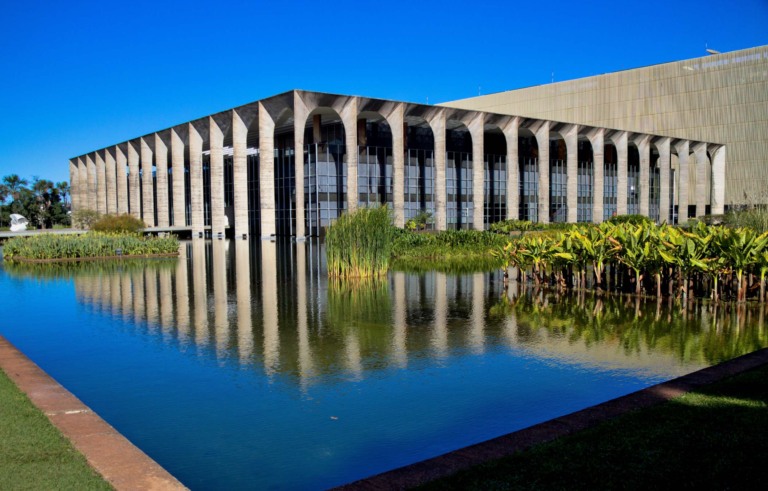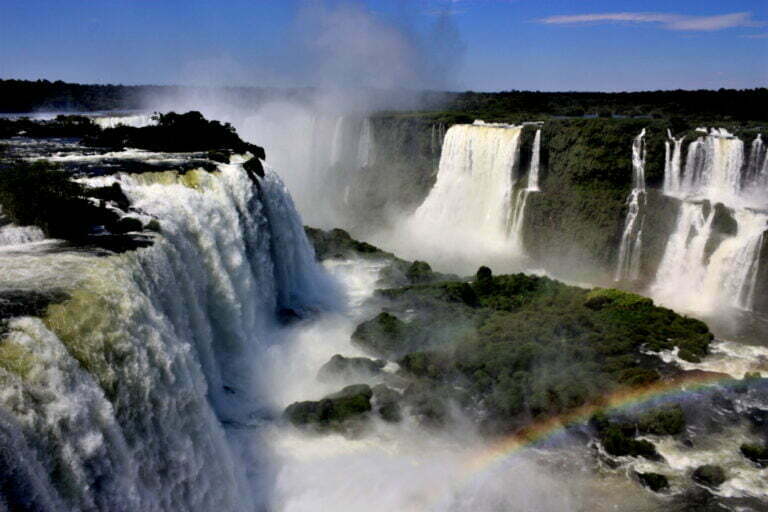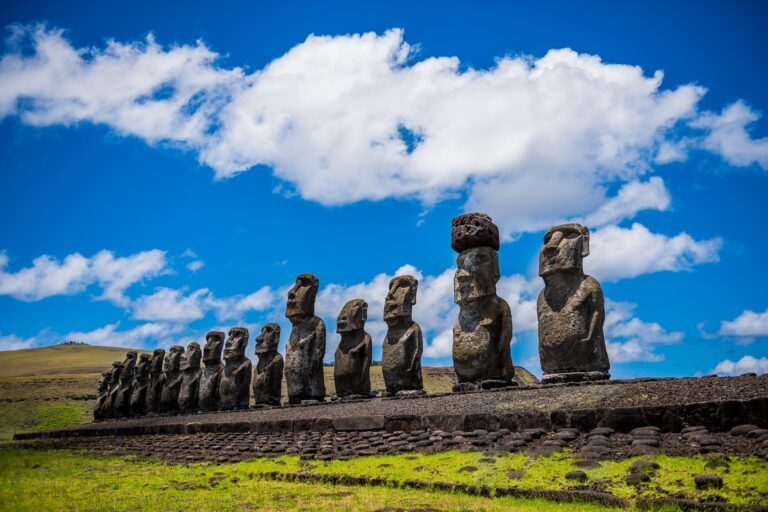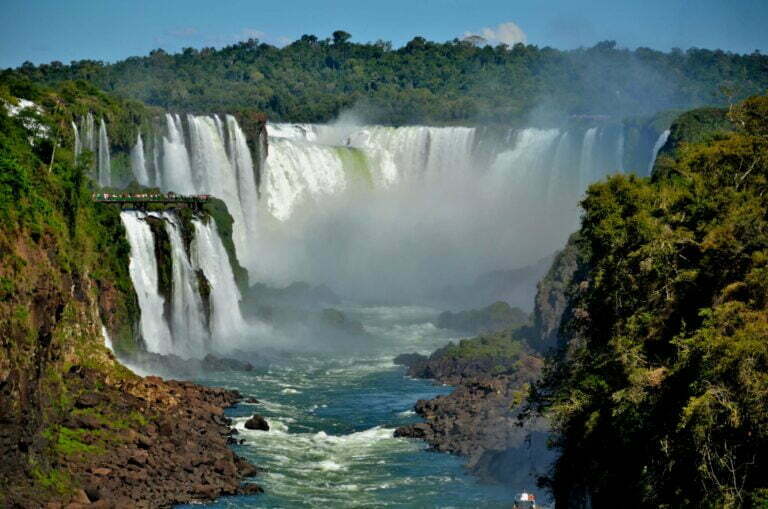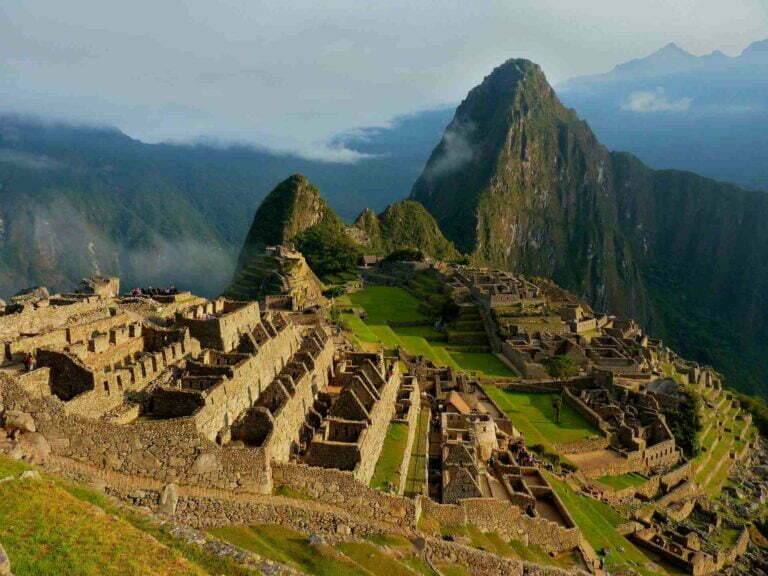Perito Moreno Glacier is in Los Glaciares National Park, situated in the southwest of Argentina’s Santa Cruz Province, and has been designated a UNESCO World Heritage Site since 1981. This park is renowned for its natural wonder, the Perito Moreno Glacier, which is among the most captivating attractions in Argentine Patagonia. As one of the 48 glaciers within the Southern Ice Field of Patagonia, the Perito Moreno Glacier ranks among the largest.
Perito Moreno Glacier Facts
1. Perito Moreno Glacier Size: Los Glaciares National Park, also known as Parque Nacional Los Glaciares, spans approximately 1,722 square miles (4,459 square kilometers) in the Andes, near the Chilean border.
It boasts the picturesque Lake Argentino and Lake Viedma on its western side, featuring a diverse landscape ranging from forests and grassy plains in the east to jagged peaks, expansive glaciers, and snowfields in the west. The park’s highest point, Mount Fitzroy, soars to 11,073 feet (3,375 meters) above sea level.
2. Wildlife Species: This pristine environment is home to various wildlife species, including guanacos, chinchillas, pudus, guemal (two types of small deer), condors, and rheas. The park’s glaciers, nourished by the vast ice cap in the Andes, contribute to the formation of 48 significant glaciers, with 13 of them ultimately flowing into the Atlantic Ocean. Los Glaciares National Park is part of the third-largest glacial area globally, following Antarctica and Greenland.
3. Altitude: A distinctive aspect of this park is its glaciers’ relatively low starting elevation, beginning at 1,500 meters (4,900 feet) above sea level and descending to 200 meters (660 feet) below sea level due to their substantial mass. This erosion affects the mountain surfaces supporting them.
UNESCO describes the park as “a region of remarkable natural beauty, with craggy, towering mountains and numerous glacial lakes,” while it showcases Patagonian cold woods and an abundance of plant and bird species.
4. El Calafate Argentina: It’s important to note that the Perito Moreno Glacier and the town of Perito Moreno are distinct entities. The glacier is not situated in Perito Moreno but rather around 600 kilometers to the north of the national park. The nearest town is the small community of El Calafate, about 78 kilometers west of the glacier.
The glacier is named after the Argentinian explorer Francisco Moreno, who played a crucial role in the Argentina-Chile border dispute in the 1800s. “Perito” is a Spanish slang term meaning “expert,” derived from his nickname.
5. Fresh Water Reserves: The sheer size of the Perito Moreno Glacier is awe-inspiring. This glacier spans 3 miles in width and is approximately 700 meters deep at its deepest point, covering an area of 100 square miles.
It ranks as the third-largest freshwater source globally, after the Antarctic and Greenland ice sheets. The glacier has been forming for around 18,000 years, with its growth defying the global trend of glacier retreat associated with climate change.
6. Lago Argentino: Unlike many glaciers that are receding, the Perito Moreno Glacier is advancing at a rate of about 2 meters per day. Approximately every five years, the glacier reaches the shores of Lago Argentino, causing dramatic ruptures. These events led to the glacier temporarily damming the southern part of the lake, forming a separate body of water called Brazo Rico.
Subsequently, the rising water pressure against the ice wall results in spectacular icefalls. While major ruptures are infrequent, visitors can witness smaller icefalls approximately every half hour from a safe observation platform.
7. Perito Moreno Glacier Trek: Additionally, Perito Moreno offers trekking opportunities, including shorter 1.5- to 2-hour mini-treks and comprehensive five-hour glacier treks with guides. These options cater to varying fitness levels and budgets, making glacier hiking accessible to a broad range of visitors.
8. Perito Moreno Glacier Tour: Los Glaciares National Park is easily accessible via a bus ride from El Calafate to the glacier, which takes about an hour and a half and costs 560 pesos. A park entrance fee of 500 pesos provides access to breathtaking views that are well worth the visit. It is one of the most famous and spectacular national parks in the country and is renowned for its stunning natural beauty, particularly its glaciers and towering peaks.
Key features of Los Glaciares National Park, Argentina
9. Numerous Glaciers: The park is named after the numerous glaciers that dominate its landscape. The most famous of these is the Perito Moreno Glacier, which is one of the few advancing glaciers in the world. It’s known for its massive ice walls and regular calving events, where huge chunks of ice break off and crash into Lake Argentino below.
10. Mount Fitz Roy: This iconic mountain, also known as Cerro Fitz Roy or simply Fitz Roy, is one of the most recognizable peaks in the Andes. It’s a challenging destination for mountaineers and offers breathtaking views for hikers and photographers.
11. Icefields: The park contains several large icefields, which are the sources of numerous glaciers. The Southern Patagonian Ice Field is one of the largest icefields in South America and contributes to the formation of many glaciers in the region.
12. Lakes: In addition to Lake Argentino, the park is home to other beautiful glacial lakes, including Lake Viedma and Lake O’Higgins. These lakes are surrounded by stunning landscapes and provide opportunities for activities like boat tours and fishing.
13. Hiking and Trekking: Los Glaciares National Park offers numerous hiking and trekking trails, ranging from easy walks to challenging multi-day treks. These trails allow visitors to explore the park’s pristine wilderness and take in its natural beauty.
14. Photography: The park is home to a variety of wildlife, including guanacos (a relative of the llama), foxes, condors, and numerous bird species. It’s also a popular spot for birdwatching and wildlife photography.
15. Tourism: Tourism is a significant industry in the area, with the town of El Calafate serving as a gateway to the park. Visitors can find accommodations, restaurants, and tour operators in El Calafate, making it a convenient base for exploring the park.
Los Glaciares National Park is not only a destination for adventure and nature enthusiasts but also an important site for scientific research on glaciers and climate change. It attracts tourists from around the world who come to witness the awe-inspiring beauty of its glaciers, mountains, and pristine wilderness.
